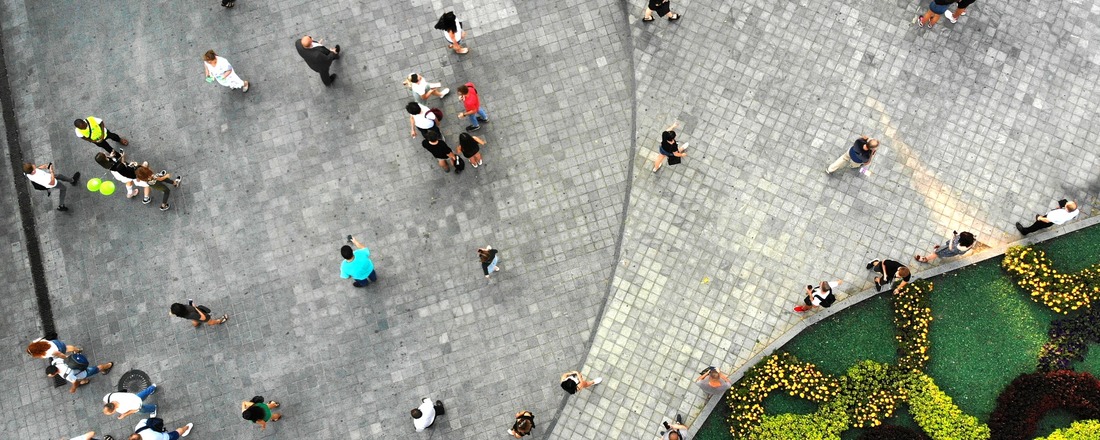Get updates from The Developer straight to your inbox Yes, please!
With attacks on the rise, can we design public spaces to prevent hate crime?
Pippa Catterall, Professor of History and Policy at the University of Westminster, talks to The Developer about how an inclusive city can mean helping us feel less ‘seen’.

“These wide-open spaces that were created in the 19th century were designed for public spectacle and for public order,” says Pippa Catterall, Professor of History and Policy at the University of Westminster. “We really want to be getting away from that sort of approach now.”
“We want cosy corners. We want places where we can have that kind of intimacy in public space.”
We’re discussing the findings of Catterall’s co-authored report, Queering Public Space, for The Developer Podcast. The report describes how a rethink of public spaces could make LGBTQ+ people feel safer in cities – interventions that would also benefit marginalised groups such as the neurodiverse who are often a target of hate crimes.
Listen to the interview
With violence against LGBTQ+ people on the rise, the report, written in collaboration with Arup, shares some surprising findings when it comes to the visibility of people in open public spaces, showing how bright lights and wide-open squares are the most uncomfortable spaces – a paradox
“It’s not so much you about being able to see, it’s you being seen,” says Catterall, explaining how a person can be easily targeted if they are easily seen.
“Paradoxical as it may seem, LGBTQ people need less visibility in public space,” says Catterall. “On the one hand, we want them to be more visible… but to make people feel safer, they need to be less visible.”
“You feel uncomfortable when you feel very visible, and when you feel that way… your body languages conveys that to would-be predators. Arguably what we need to do is ask how can we reduce that level of anxiety?
“If you look at London, among the spaces where people feel most comfortable holding their same-sex partners’ hand are in green spaces.
“Paradoxical as it may seem, LGBTQ people need less visibility in public space,” says Catterall. “On the one hand, we want them to be more visible… but to make people feel safer, they need to be less visible.”
We need to design in a “sensibility of diversity where queer people won’t stand out like splash of colour on an otherwise white canvas.”
Sign up to our newsletter to receive our content in your inbox and find out when new episodes go live
Sign up to our newsletter
Get updates from The Developer straight to your inbox
Thanks to our organisation members
© Festival of Place - Tweak Ltd., 124 City Road, London, EC1V 2NX. Tel: 020 3326 7238
